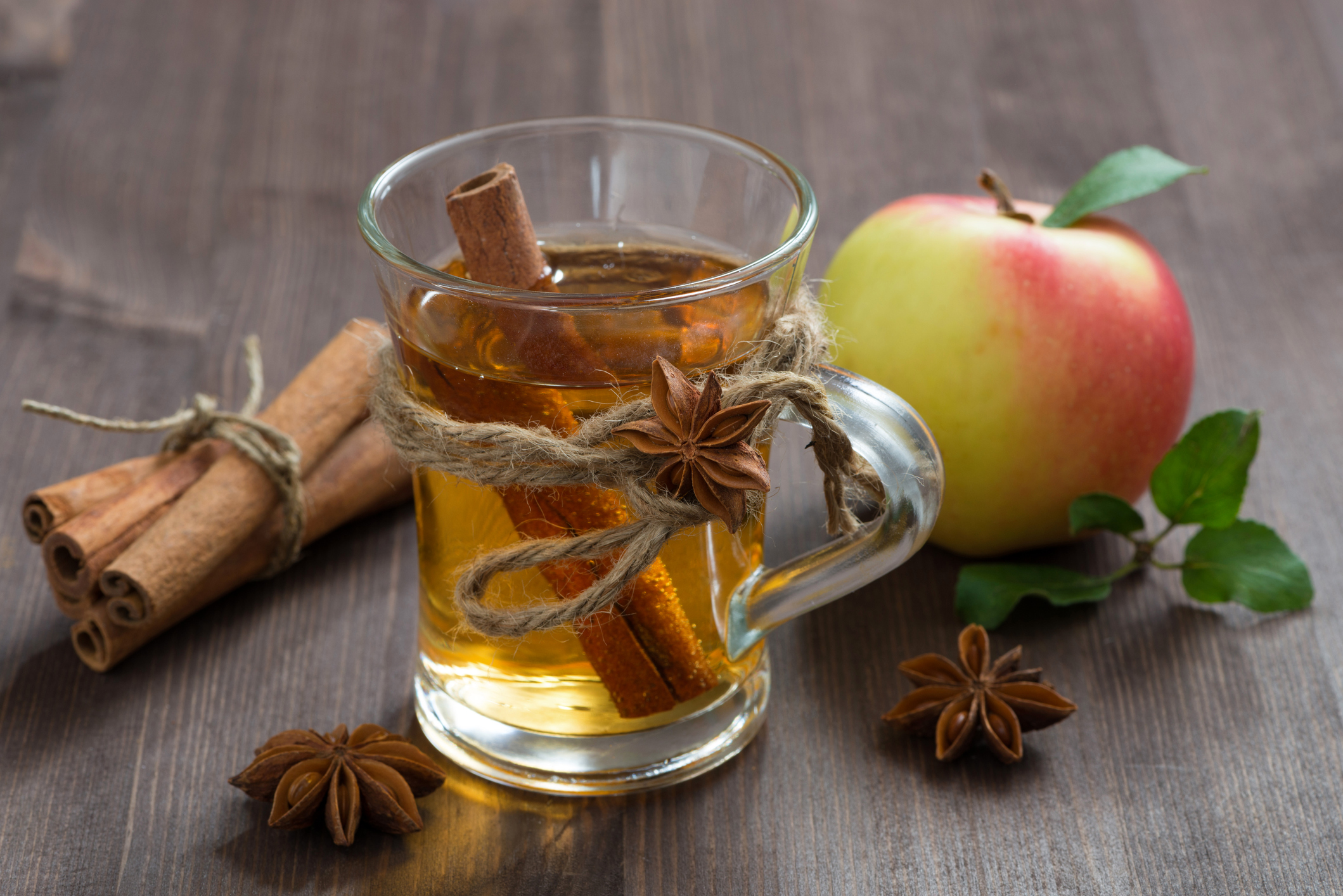

Fall is nearly here, and that means we’ll be reaching for apples and warm cups of tea.
And that’s a good thing.
Both of them contain flavanols — nutrients that provide powerful heart and brain protection and keep a condition known as frailty from catching up with us as we age.
A lot has been written about flavanols because they are considered bioactive compounds — meaning they are constituents in foods that go beyond meeting basic human nutritional needs.
In fact, bioactive compounds are studied much in the same way that pharmaceuticals are because they illicit a pro-health response in the body that may prevent disease.
That’s one reason why a group of researchers from the United States and England have established the first ever dietary bioactive guideline for flavanols.
That’s a big deal. Dietary guidelines have long been established for vitamins and minerals to help us avoid deficiencies, but this is different.
In other words, they’ve given us the official definitive word on just how much flavanol to consume to protect heart health…
The ideal amount of flavanols you should be eating
Previous research on flavanols, which include anthocyanins and proanthocyanidins, have tied their benefits to slashing Alzheimer’s risk and protecting blood vessels and heart health and lowering blood pressure.
Dr. Dragan Milenkovic of the Department of Nutrition at UC Davis is a researcher who focuses on the impact of nutrients on both the development and prevention of cardiovascular and neurodegenerative diseases.
He worked with a panel to analyze data from 157 random controlled trials and 15 cohort studies on the health benefits of flavanols.
He and his team found strong evidence that consuming between 400 and 600mg of flavanols per day is the magic number for supporting cardiometabolic health.
Specifically, their research supports that increasing consumption of dietary flavanols can help improve blood pressure, cholesterol concentrations and blood sugar.
Unlike previous studies, this research focused not on improving the health of those already dealing with these issues, but on improving health in the population at large.
Where to get your flavanols
The study abstract states: “It should be noted that this is a food-based guideline and not a recommendation for flavan-3-ol supplements.”
That’s not surprising since foods rich in flavanols are so abundant — and include so many of our favorites.
Quercetin, the flavanol found to best prevent frailty, also attacks the inflammation behind stroke and heart disease. Foods rich in quercetin include:
- apples
- pears*
- bananas
- onions
- yellow peppers
- fresh dill
- buckwheat
Other flavanol-rich foods are within easy reach at your grocery store most any time of year:
The foods with an asterisk made the Environmental Working Group’s 2023 Dirty Dozen list. That’s a bummer because those are particularly high in flavanol content, especially grapes and blueberries. It doesn’t mean you have to go without — just try to buy these in the organic section of the produce department.
Sources:
Researchers Issue Dietary Recommendation for a Food Compound to Support Heart Health — College of Agricultural and Environmental Sciences
Flavan-3-ols and Cardiometabolic Health: First Ever Dietary Bioactive Guideline — Advances in Nutrition
